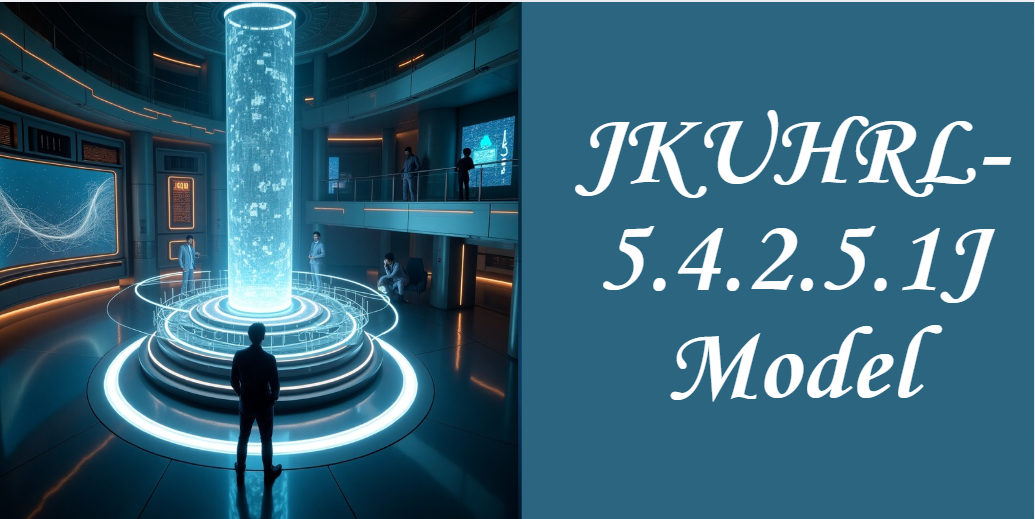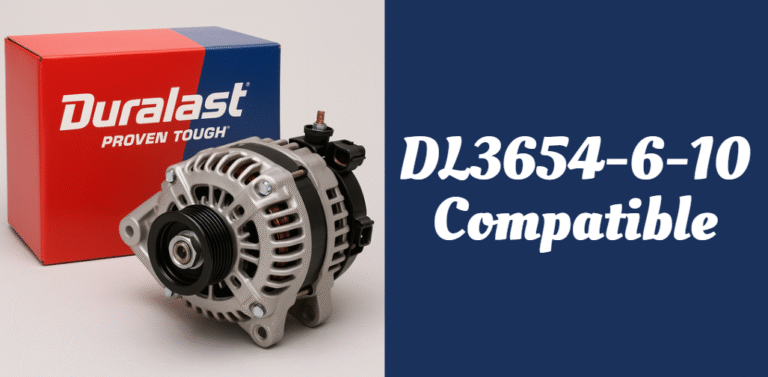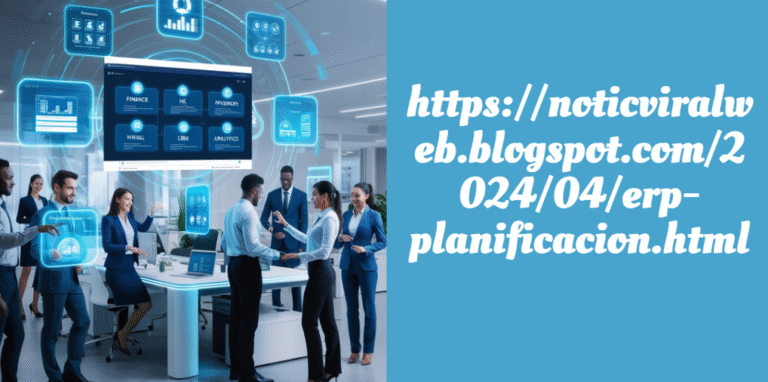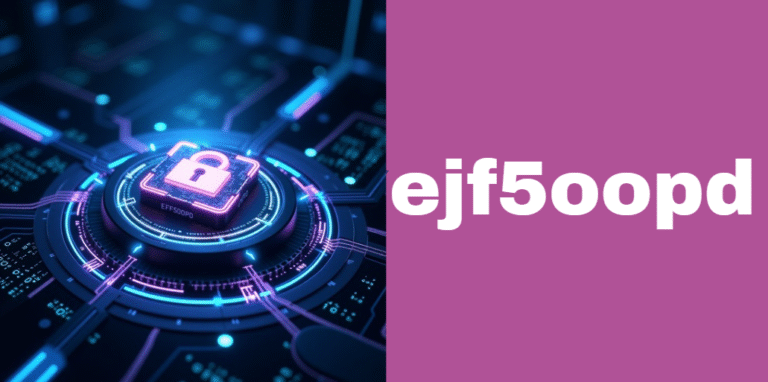Unveiling the Power of the JKUHRL-5.4.2.5.1J Model: A Quantum Leap in AI and Analytics
The digital age demands more than just speed and intelligence—it requires systems that can think, adapt, and evolve in real time. That’s where the jkuhrl-5.4.2.5.1j model enters the stage.
This revolutionary framework merges the power of artificial intelligence, quantum computing, and hierarchical reinforcement learning into one seamless platform. It’s not just a model; it’s a sophisticated engine built for real-time decision-making, adaptive analysis, and secure operation across sectors.
Originally conceptualized to overcome the limitations of traditional machine learning and big data platforms, the jkuhrl-5.4.2.5.1j model stands out for its versatility, modularity, and sheer computational power. It’s increasingly seen as the future of intelligent infrastructure.
Technical Architecture
The structure behind the jkuhrl-5.4.2.5.1j model is just as intriguing as its capabilities. Its name represents five levels of architectural complexity:
| Component Code | Description |
|---|---|
| 5 | Quantum Layer Integration |
| 4 | Reinforcement Logic Modules |
| 2 | Dual Neural Processing Units |
| 5 | Parallel Feedback Mechanisms |
| 1J | Security & JIT Adaptive Engine |
The quantum layer allows calculations to be processed in parallel, dramatically increasing speed and efficiency. Below it, the reinforcement logic layer enables decision-making by learning from both structured and unstructured inputs. Dual neural engines process text, audio, and image data, while the feedback system ensures the model continuously self-improves. Finally, the 1J module ensures Just-In-Time (JIT) adaptability and security, making the system agile yet safe.
Core Technologies and Features
At its heart, the jkuhrl-5.4.2.5.1j model is a symphony of advanced technologies, each contributing to its remarkable performance.
One of the defining aspects is its quantum-AI integration. Unlike conventional AI that relies on binary logic, this model uses quantum bits to process complex probabilistic data. This allows it to deliver real-time insights at speeds previously deemed impossible.
Another major strength lies in hierarchical reinforcement learning (HRL). This allows the system to break down complex tasks into simpler subtasks and optimize strategies at every level. This is particularly beneficial in dynamic environments like healthcare monitoring and stock market analysis.
Additionally, the jkuhrl-5.4.2.5.1j model includes:
- Advanced natural language processing (NLP) for human-machine interaction
- Blockchain-based transaction verification for secure operations
- Real-time data ingestion pipelines for streaming analytics
- Modular APIs to integrate seamlessly with existing tech stacks
The combination of these features enables a solution that is not just smart but adaptive, secure, and future-ready.
Industrial Applications
The versatility of the jkuhrl-5.4.2.5.1j model means it can be adapted to serve a wide variety of industries. Each implementation leverages its core capabilities in unique ways to solve sector-specific challenges.
Healthcare benefits immensely from the model’s predictive and monitoring abilities. By analyzing patient history and real-time vitals, it can forecast potential diseases or complications, helping doctors intervene earlier. It also facilitates personalized treatment plans by analyzing genetic, demographic, and clinical data simultaneously.
Finance utilizes the model for fraud detection, algorithmic trading, and risk assessment. Its ability to process unstructured market data in real time provides financial analysts with actionable insights faster than traditional models.
Energy and climate science industries use the system to stabilize electrical grids, predict equipment failures, and optimize the integration of renewable energy sources. In smart cities, it assists in traffic management, public safety, and energy distribution.
Supply chains use the jkuhrl-5.4.2.5.1j model for demand forecasting, route optimization, and real-time tracking. Autonomous systems and robotics further benefit from the model’s adaptive control loops and embedded analytics.
Advantages and Benefits
The jkuhrl-5.4.2.5.1j model comes with a multitude of advantages that set it apart in the AI and analytics landscape.
Here are some key benefits:
- Real-Time Analysis: Thanks to quantum computing, the system can analyze massive datasets in real time, enabling split-second decisions.
- Scalable Architecture: Whether you’re running it on a cloud cluster or embedded in an edge device, it adapts seamlessly.
- Accuracy and Adaptability: Its hierarchical learning system ensures it improves continuously, fine-tuning decisions based on feedback.
- Security and Compliance: It supports GDPR, HIPAA, and ISO standards, making it suitable for industries with sensitive data.
- Lower Operational Costs: By predicting failures and optimizing resources, it reduces downtime and inefficiencies.
The table below highlights these in contrast with traditional models:
| Feature | Traditional Models | JKUHRL-5.4.2.5.1J Model |
|---|---|---|
| Processing Speed | Moderate | Ultra-fast (quantum-aided) |
| Learning Adaptability | Fixed Training | Continuous Reinforcement |
| Integration Flexibility | Limited | High (API-rich modularity) |
| Security & Compliance | Basic | Advanced, multi-layered |
| Predictive Accuracy | 70–85% | 90–99% (in stable datasets) |
Challenges and Limitations
Despite its remarkable capabilities, the jkuhrl-5.4.2.5.1j model isn’t without challenges.
Cost of entry is significant. Quantum infrastructure, although more accessible than a few years ago, still comes at a high price. This makes early adoption more feasible for large enterprises than for smaller startups.
Complexity in deployment is another hurdle. Because the system requires a deep understanding of quantum algorithms and reinforcement learning, skilled personnel are essential for successful integration.
Legacy systems pose a problem as well. Integrating the jkuhrl-5.4.2.5.1j model with older technologies might require overhauls in infrastructure or middleware adaptation layers.
There’s also the challenge of data quality. The model thrives on high-integrity data streams. If the input data is poor or biased, even this powerful system can yield suboptimal outcomes.
Future Outlook
The future of the jkuhrl-5.4.2.5.1j model looks incredibly promising. With advancements in quantum hardware, the model is expected to become even faster and more energy-efficient.
Researchers are exploring the use of Explainable AI (XAI) within the framework, allowing the model to offer transparency in decision-making. This could be a game-changer for regulated sectors like medicine and law.
Cloud-native deployments and edge computing integrations are also on the rise. These will allow the model to operate effectively even in bandwidth-limited environments like remote industrial sites or IoT-driven systems.
Lastly, there’s a growing push toward open-source toolkits built around this model. These will enable broader experimentation, faster adoption, and the democratization of this cutting-edge technology.
Implementation Guide
Adopting the jkuhrl-5.4.2.5.1j model begins with a strategic plan. It’s best to start with pilot projects to understand its fit within your organization. Choose a specific use case where real-time analytics or adaptive automation can create measurable value.
Integration tools often include:
- Cloud platforms like AWS or Azure Quantum
- ML Ops tools for continuous training
- BI tools like Tableau and Power BI for visualization
- APIs for communication with legacy systems
Successful implementation also requires ongoing monitoring. Feedback loops should be established to help the model learn and improve over time.
Staff training is crucial. Invest in workshops and certifications so your team can operate, maintain, and troubleshoot the system effectively.
Case Studies
Several industry leaders have already seen success using the jkuhrl-5.4.2.5.1j model.
TechSphere, a biotech company, used the model to analyze genomic data, accelerating drug discovery timelines by over 30%.
EcoSmart, an energy grid operator, integrated the model for predictive maintenance. The result was a 40% reduction in equipment failures.
RetailWave, a global e-commerce firm, improved their customer retention rates using real-time personalization powered by the model’s AI layer.
These case studies underscore the broad utility and transformative potential of the jkuhrl-5.4.2.5.1j model.
FAQs
What makes the jkuhrl-5.4.2.5.1j model unique?
Its integration of quantum computing with AI and reinforcement learning allows it to process and learn from data in real-time with unprecedented accuracy.
Can small businesses use it?
While it’s more accessible to larger enterprises now, modular versions and cloud-based deployments are making it more attainable for mid-sized companies.
Is it open source?
Currently, most implementations are proprietary, but open-source versions are under development.
How secure is it?
Extremely secure, with support for encryption, blockchain validation, and regulatory compliance.
Conclusion
The jkuhrl-5.4.2.5.1j model is not just another AI framework—it represents a paradigm shift in how machines analyze data, make decisions, and interact with the world. With its ability to learn, adapt, and perform complex calculations at quantum speeds, it’s setting new standards in predictive analytics and intelligent automation. For industries willing to invest in the future, this model offers not just a competitive edge, but a roadmap to transformation.
Additional Posts
To Know About Wurduxalgoilds: A Comprehensive Insight into Their Functions, Impact, and Future
Montemscopa: Discover the Hidden Gem of Italy’s Apennines and Its Mystical Allure
Discover vhzptfhrm: A Unique Blend of AI Innovation and Mindful Practice
Munchabilies THC Trippy: The Ultimate Guide to Psychedelic Cannabis Edibles






